15 Reasons To Love The Japanese Chin
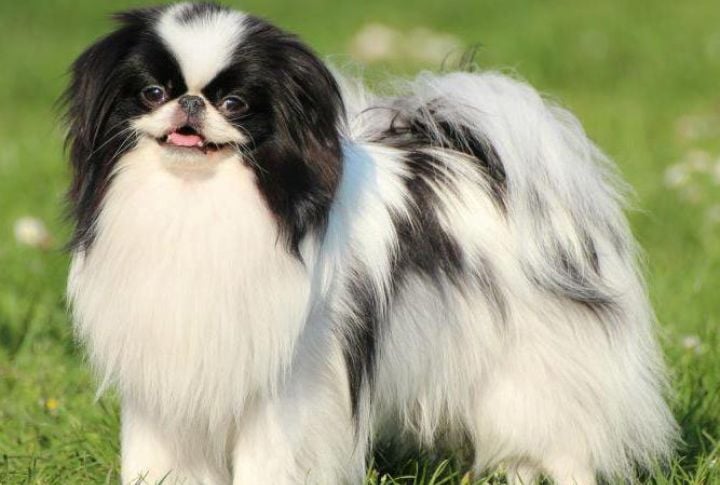
It’s easy to overlook certain breeds when flashier ones dominate the spotlight. But now and then, one quietly earns its space without needing constant attention. The Japanese Chin is the kind that wins you over slowly. Not with noise, but with presence. Here’s why this breed deserves more recognition than it gets.
Ancient Origins
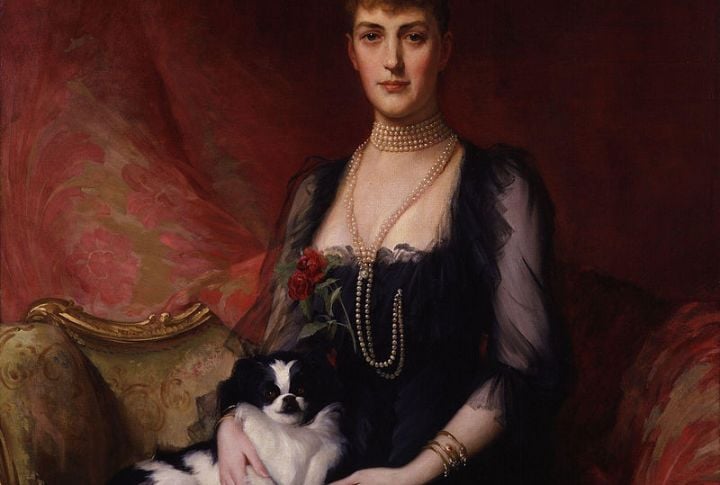
The Japanese Chin actually started out in China, despite what the name suggests. Centuries ago, Chinese emperors are believed to have given small companion dogs to Japanese nobility. Over time, their look and personality were shaped in Japan, turning them into the graceful dogs we see today.
Graceful Gait
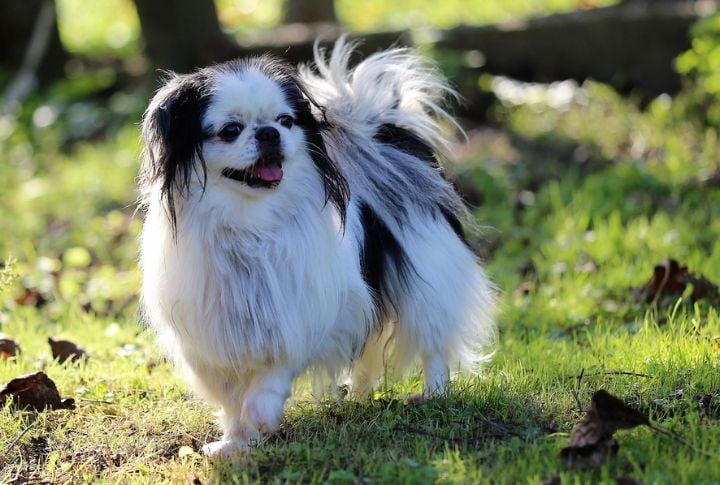
Generations of refinement gave the Japanese Chin its signature glide, a fluid movement that feels rehearsed. Bred to walk alongside nobility, the breed’s grace doesn’t clamor for attention. Instead, it whispers of elegance shaped by centuries of companionship.
Expressive Eyes
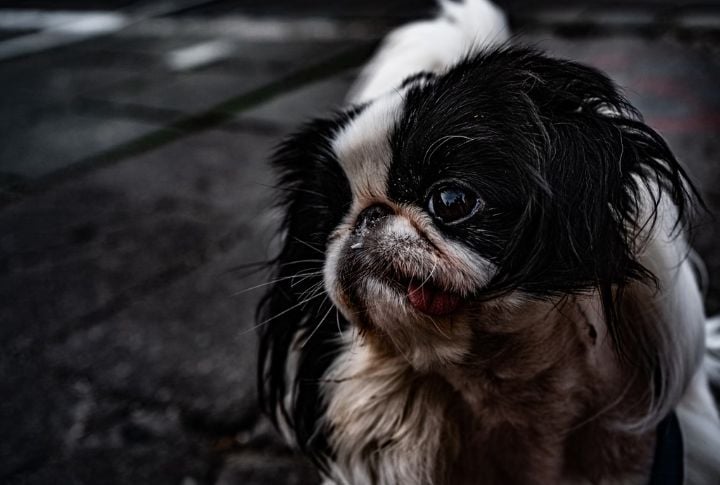
Large, soulful eyes study people, responding to tone and movement more than noise. That steady, humanlike gaze reflects alertness and quiet awareness. Each glance holds emotion, and the face conveys it without effort. It reads rooms and offers silent companionship without asking for it.
Silky Coat
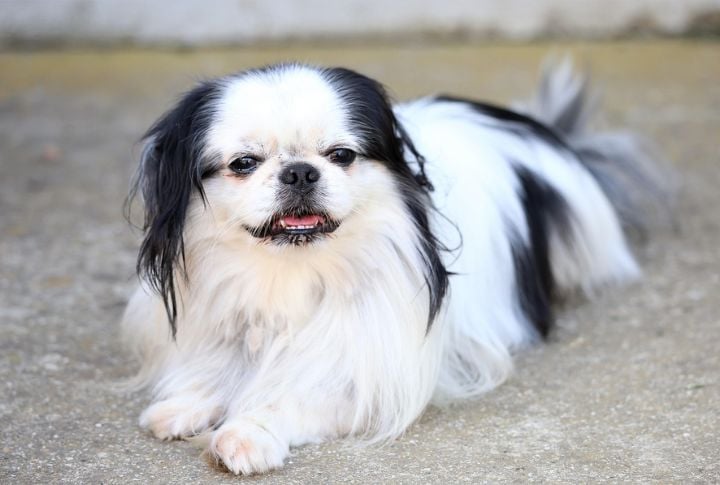
The Chin’s coat blends elegance with function. It is silky and surprisingly easy to manage. You won’t wrestle with undercoat explosions or grooming drama here. The simplicity of their fur is the mark of a dog built for quality living.
Catlike Agility
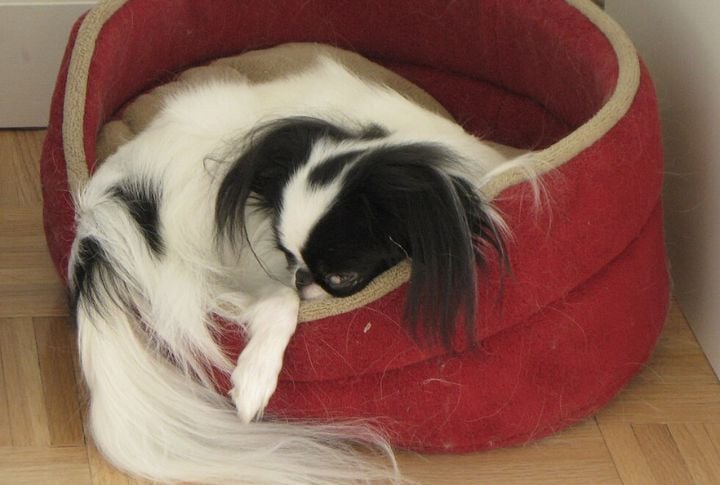
Palace life shaped their elegance, but it also honed their stealth. These dogs perch like cats, climb with quiet precision, and move with the kind of restraint you’d expect from royalty. A Chin shows impressive stability, with each movement calm and deliberate.
Playful Spirit
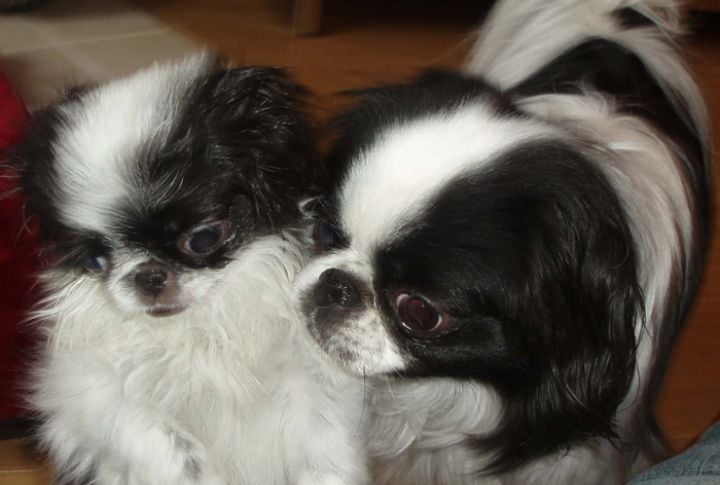
Sock chases and light-footed dashes are part of their fun but don’t expect things to get chaotic. Chin plays with grace and entertains without disrupting. Their wit shows up in bursts, like a perfectly timed joke. It’s understated, and all the better for it.
Polite Affection
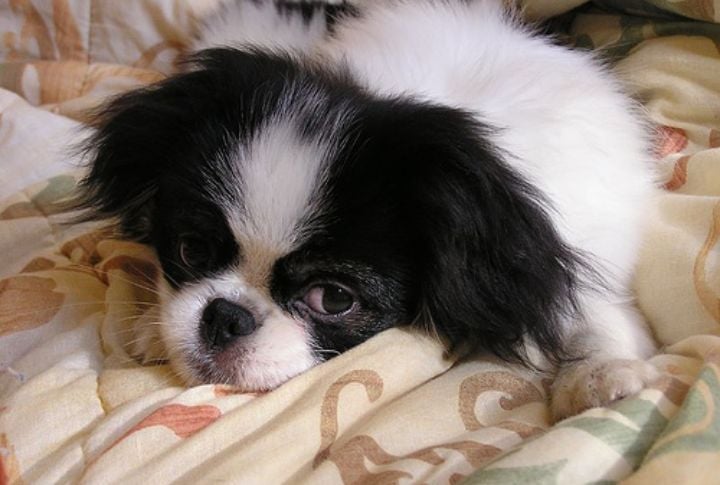
This isn’t the kind of dog that follows your every step. It shares your space like a considerate roommate—close enough to bond but distant enough to respect your quiet. Instead of grabbing attention, it settles in without fuss. That kind of affection feels rare.
Distinctive “Snizzle”
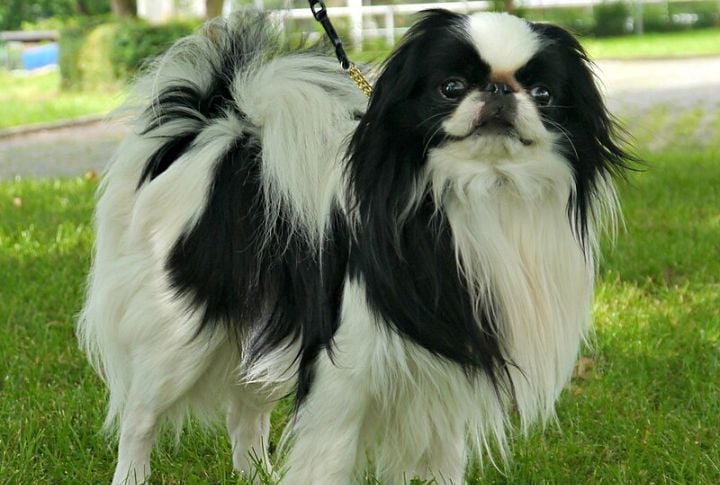
One of their more unusual traits is the “snizzle”—a soft snorting sound that comes from their flat faces. It is not a sneeze or a health issue, just a quirky noise owners often grow to love. It is part of what makes this breed so different from other small dogs.
Low Exercise Needs
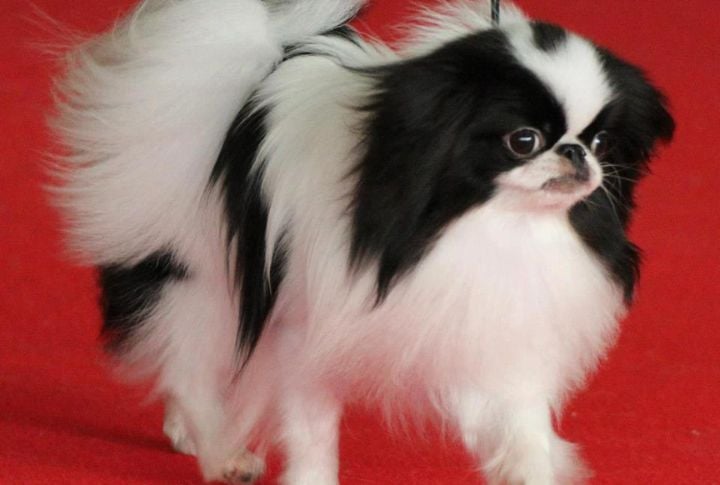
Balance defines how they move through life. Short walks, indoor strolls, and a few playful moments are all this breed asks for. This isn’t sluggish behavior but an awareness of when to pause. Such a pace suits those who value stillness just as much as motion.
Unique Markings
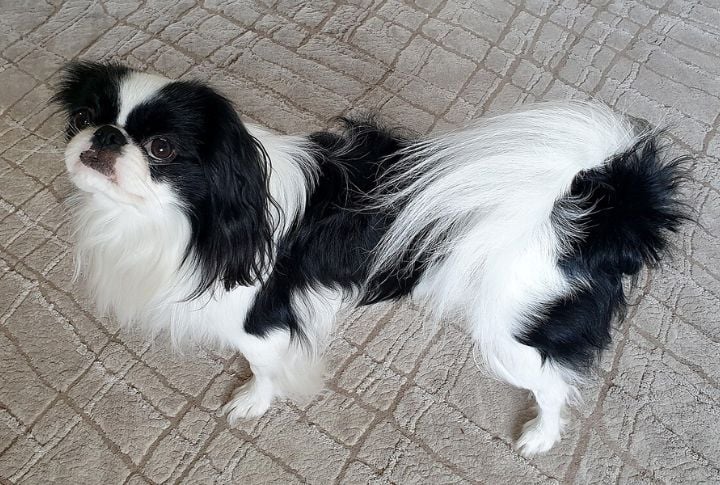
The facial markings on a Chin are part of the breed’s quiet artistry. Symmetry around the eyes and muzzle gives them an alert, doll-like appearance. The carefully bred aesthetic adds to their gentle confidence and helps them to stand out without much noise.
Clean Habits
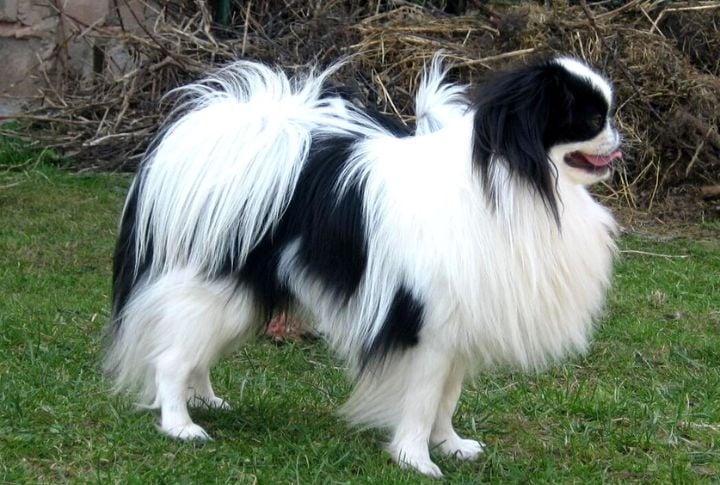
A Chin doesn’t jump into puddles or parade mud across the floor. Instead, you’ll see them pause at the edge, reconsider, and turn away. They clean themselves like cats and avoid messes as if dignity matters more than thrill.
Emotional Sensitivity
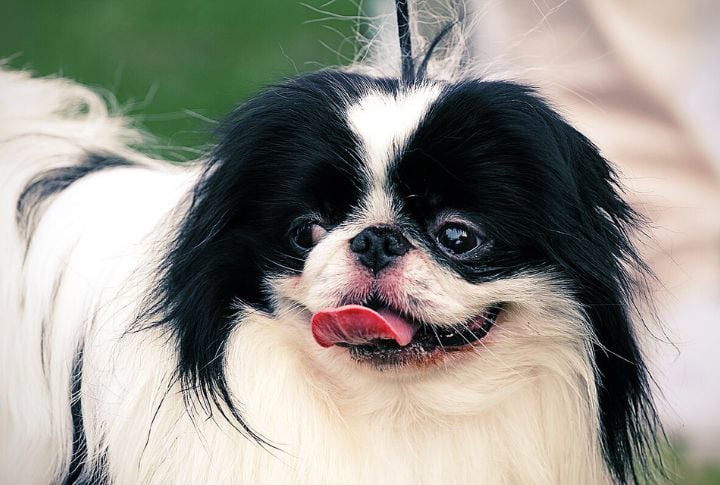
Japanese Chins sense mood shifts and tension faster than most people. Instead of barking or drawing attention, one will sit nearby, calm and quiet. It does not try to cheer you up or fix anything. It just stays close, offering quiet comfort until you’re ready.
Chin Spin
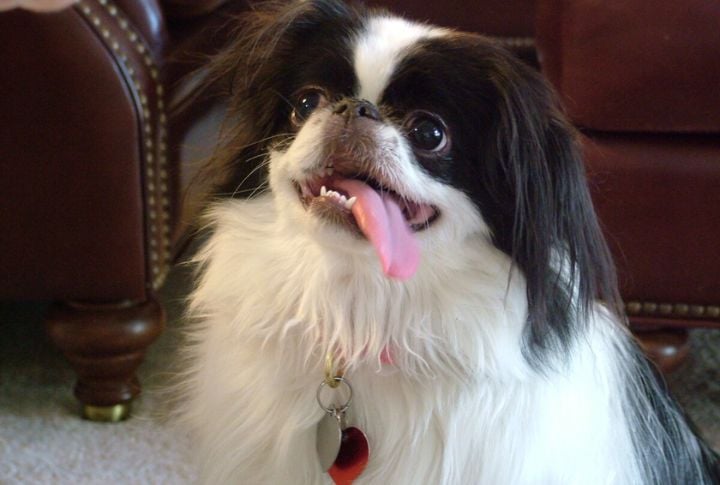
With a signature move called the “Chin Spin” that appears suddenly, joy isn’t planned with this breed. One moment, they’re still, and the next, twirling upright. This display is not for show; the goofy twirl says more about personality than any tail wag ever could.
Charming Vocalization
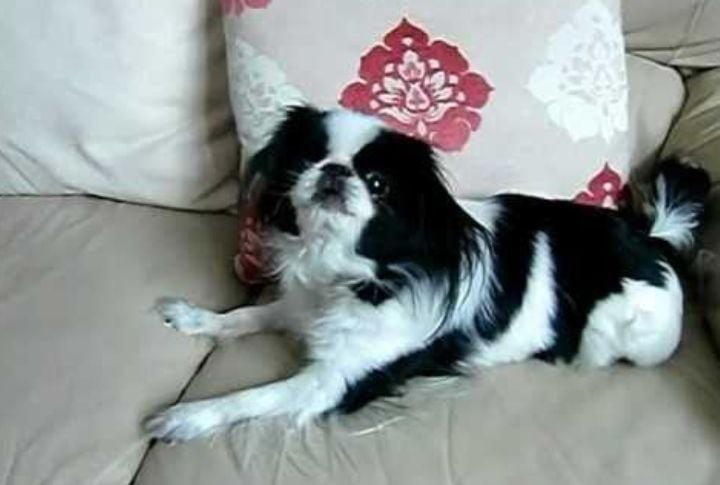
Barking isn’t their default behavior. When they’re happy, you’ll hear warbling or an almost birdlike “singing.” These sounds, unique to the breed, show joy without volume. Their language is a melodic reminder that not all communication comes from a bark or whine.
Easygoing Nature
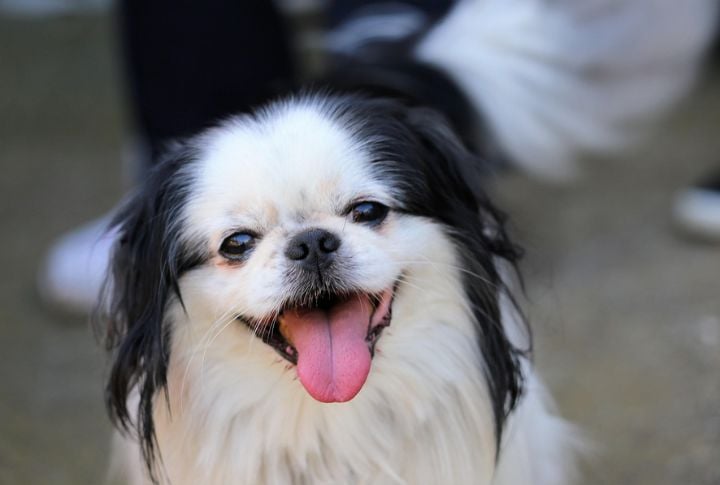
Adaptability is often confused with indifference. Their response to noise or novelty isn’t detachment but quiet assessment. Whether in a new home or a noisy crowd, they study first and react later. Such calm awareness feels grounded and deliberate.






